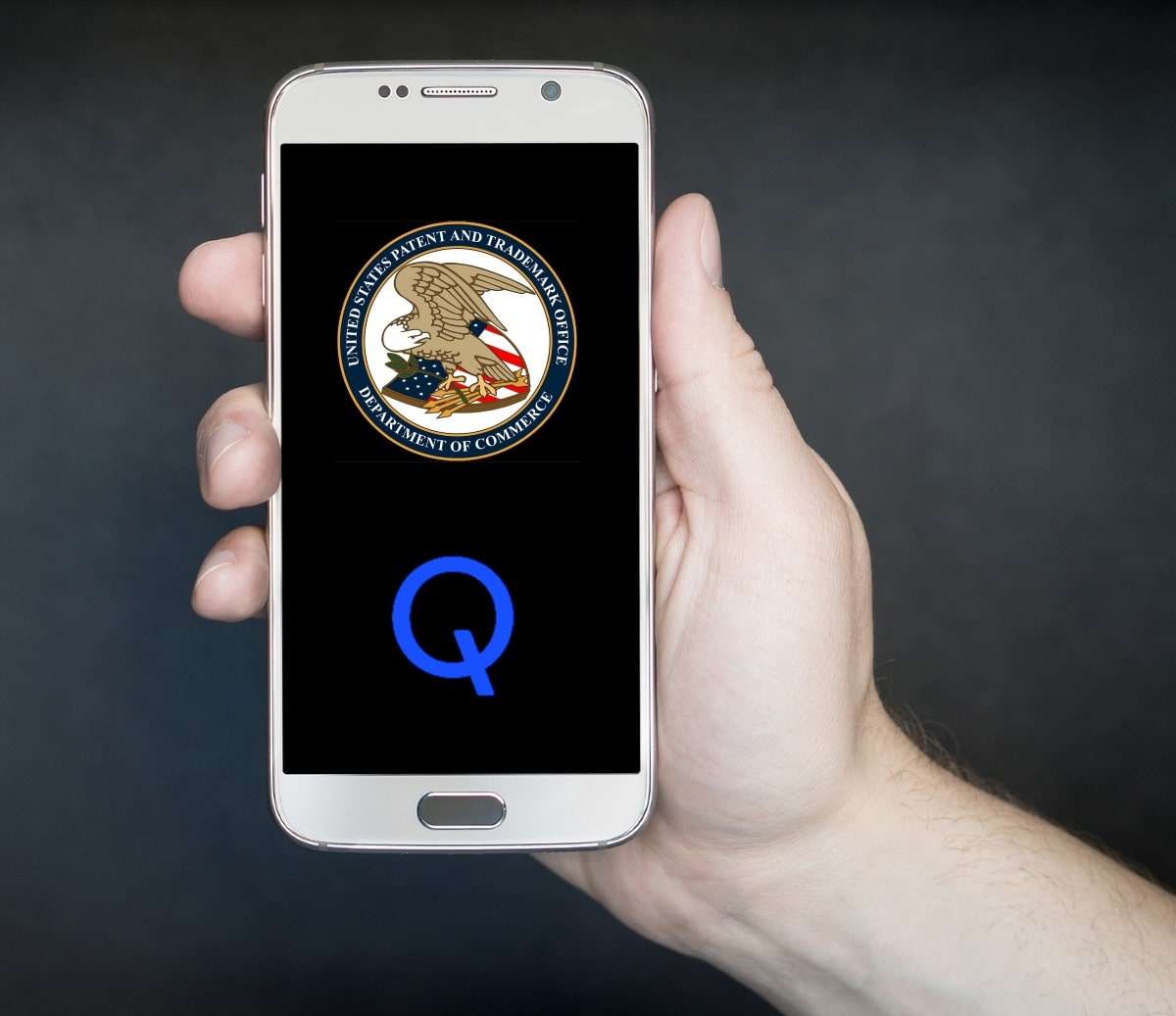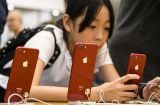Apple dominated global smartwatch market in Q2 2018
Apple continued to dominate the smartwatch market with a 41 per cent share as global smartwatch shipments grew 37 per cent Year-on-Year in the second quarter of 2018, a Counterpoint report said on Friday.

US-based wearables major Fitbitgrabbed the second spot with 21 per cent market share while Fossil was at the third spot with four per cent share in the second quarter of 2018.
According to Counterpoint's "Global Smartwatch Tracker", smartwatch makers are looking to add cellular connectivity for standalone use-cases as 90 per cent of smartwatches shipped today are not cellular-capable.
"Apple is catalysing the trend of 'smartwatch as a standalone wearable device' with adoption of cellular connectivity, which is driving the new wave of cellular connected wearables globally, great news for mobile operators," Satyajit Sinha, Research Analyst, Counterpoint Research, said in a statement.
"Battery-life is a constant concern with smartwatches, given their tiny batteries. However, Apple, Samsung and Huawei are consistently working to optimise the software and the overall design and adding components such as eSIM to make space for bigger batteries.
The adoption of cellular Low Power Wireless Access (LPWA), technology especially LTE-M in smartwatches will also drive core use-cases in a smartwatch while boosting battery life," Sinha added.
According to the market research firm, the shift to Androidwear OS still has not happened like in Android for smartphones.
"This is partly due to lesser focus, less intuitive user interface (UI) and selective smartwatch OEM partnerships by Google over the last few years for Androidwear OS," it said.
According to Research Director Neil Shah, despite the initial hype and traction of cellular-based Apple Watch Series 3 in the first two quarters, "Apple iPhone users are actually choosing the Series 1 as a non-cellular option over Series 3 non-cellular model which is surprising to many industry watchers".
"This also shows that Apple users are choosing Series 3 preferably if they want to add cellular connectivity, else Series 1 remains the most popular model contributing to almost nine out of ten Apple Watch sold in Q2 2018," Shah noted.
在线留言询价

Apple Reveals Qualcomm Patent Fees

Apple Testifies in Q’com Patent Case
- 一周热料
- 紧缺物料秒杀
| 型号 | 品牌 | 询价 |
|---|---|---|
| MC33074DR2G | onsemi | |
| RB751G-40T2R | ROHM Semiconductor | |
| CDZVT2R20B | ROHM Semiconductor | |
| TL431ACLPR | Texas Instruments | |
| BD71847AMWV-E2 | ROHM Semiconductor |
| 型号 | 品牌 | 抢购 |
|---|---|---|
| ESR03EZPJ151 | ROHM Semiconductor | |
| TPS63050YFFR | Texas Instruments | |
| BP3621 | ROHM Semiconductor | |
| STM32F429IGT6 | STMicroelectronics | |
| BU33JA2MNVX-CTL | ROHM Semiconductor | |
| IPZ40N04S5L4R8ATMA1 | Infineon Technologies |
- 周排行榜
- 月排行榜
AMEYA360公众号二维码
识别二维码,即可关注


请输入下方图片中的验证码:























